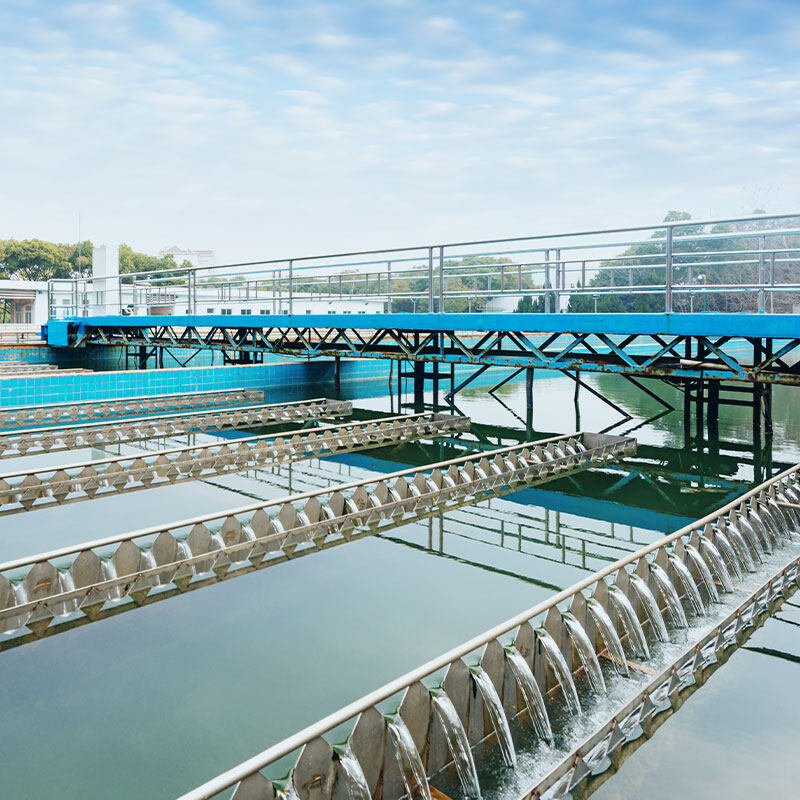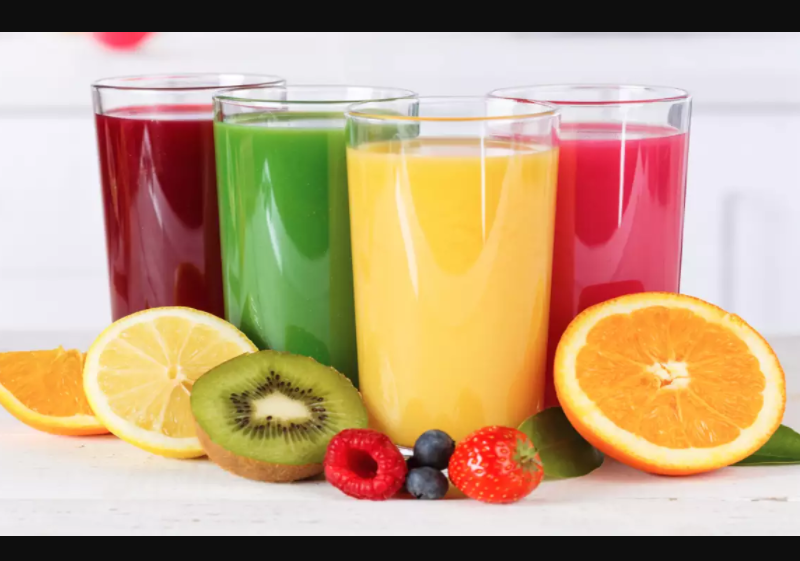Juice Processing Waste Water
There are 12 kinds of typical wastewater sewage water, including:
- Starch Processing Wastewater
- Juice Processing Wastewater
- Hospital Wastewater
- Dairy/Milk Processing Wastewater
- Beer Processing Wastewater
- Papermaking Processing Wastewater
- Slaughtering Wastewater
- Pickle Processing Wastewater
- Monosodium Glutamate Processing Wastewater
- Beverage Processing Wastewater
- Saponin Processing Wastewater
- Community Domestic Sewage Water
Source of Wastewater
Fruit juice wastewater mainly comes from fruit washing, crushing, juice extraction and other processes, as well as bottle washing, sterilization, broken bottle loss and ground and surface washing in the canning section.
Features of Wastewater
Fruit juice wastewater belongs to high concentration organic wastewater, and its water quality and quantity vary greatly. The wastewater contains high concentrations of sugars, pectin, fruit residue, water-soluble substances, cellulose, fruit acid, tannin, mineral salts, etc.
- High concentration of organic matter, COD 000mg/L, BOD5>4000 mg/L.
- Containing pectin and other colloids, the wastewater has high viscosity.
- It contains a large amount of fruit residue, pulp, fruit chips and other substances, generally SS>4000 mg/L.
- Due to the frequent changes in processing varieties and production, the wastewater discharge is uneven, and the water quality and quantity change greatly. The COD change can reach 2000~3000 mg/L, and the SS change can reach 1000~2000 mg/L.
- B/C is 0.5 0.6, with strong biodegradability.
- Fruit juice wastewater contains a large amount of fruit acid, so its pH is low, reaching about 4.0 at the lowest.
- The nutrient composition is single, C/N is high, and nitrogen and phosphorus are lacking.
- The water temperature is 20~25 ℃.
Treatment Process Selection of Wastewater
In order to solve the pollution problem of fruit juice wastewater, many biological treatment technologies are applied to the treatment of fruit juice wastewater, such as Up-flow Anaerobic Sludge Reactor (UASB), Up-flow Anaerobic Biological Filter, Medium-temperature and High-temperature Anaerobic Filter, Biological Rotary Reactor (RBC) and other biological treatment systems.
UASB Process
In the actual treatment of fruit juice wastewater, UASB+SBR process and UASB - contact oxidation process are often used to remove COD, BOD5, SS and NH3-N.
Uses UASB and EIC+contact oxidation process to treat fruit juice wastewater, and the COD, SS, NH3-N, BOD5 and TP of the treated effluent respectively reach 58, 16, 2.65, 13.5 and 0.20 mg/L.
Hydrolytic Acidification-contact Oxidation Process
This process is mainly to use the different oxidation and metabolism mechanisms of anaerobic microorganisms and aerobic microorganisms to organic pollutants, first control the anaerobic microorganisms under the conditions of hydrolysis and acidification, so that the macromolecular complex organic substrate that is difficult to be biodegradable can be converted into low molecular simple organic substance that is easy to be biodegradable, so as to improve and improve the biodegradability of wastewater, and then further treat it through aerobic process to achieve the goal of complete degradation of organic wastewater.
Uses hydrolytic acidification-contact oxidation process to treat apple juice processing wastewater. The wastewater volume is 1000m3/d, the influent COD Cr 8000 mg/L, BOD5 4800 mg/L, SS 6000 mg/L, and the pH is 4~8.
Anaerobic Baffled Reactor - contact Oxidation Process
The structure of anaerobic baffled reactor (ABR) is similar to the simple series connection of multiple UASB reactors without three-phase separators. The sludge in each reaction chamber can exist in the form of granulation or flocculence. After entering the reaction chamber, the wastewater flows up and down along the deflector, and passes through the sludge bed of each reaction chamber in turn. The organic substances in the wastewater are removed by full contact with microorganisms.
The ABR-contact oxidation process was used to treat the fruit juice wastewater of the amount wastewater was 1500m3/d, COD was 4500mg/L, BOD was 2500mg/L, SS was 2500mg/L, and pH was 6-7. The treated effluent COD is 70mg/L, BOD 10mg/L, SS 55mg/L, pH=8.
The operation results show that the process can not only effectively remove organic matters and suspended solids in fruit juice wastewater, but also operate reliably and have good treatment effect.
Fruit juice wastewater has different characteristics in different production process stages.
Even at the same stage, the water quality varies greatly due to different products.
#QDEVU #WATERTREATMENT #WASTEWATERTREATMENT #SEWAGETREATMENT #SEWAGEWATERTREATMENT #BIOLOGICALTREATMENT #ACTIVEDSLUDGE
Visit www.evuchina.com for more informations!




